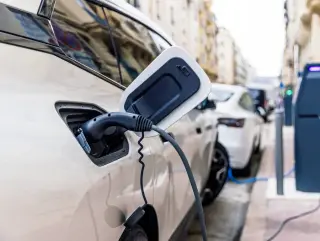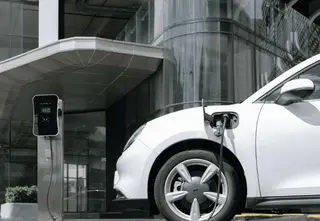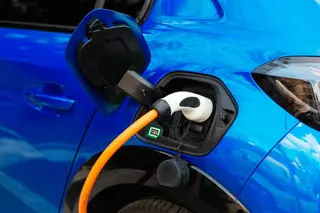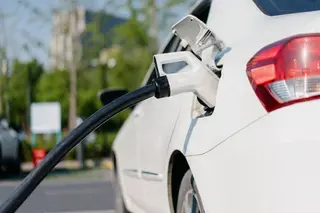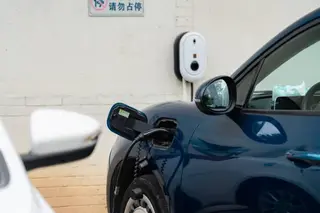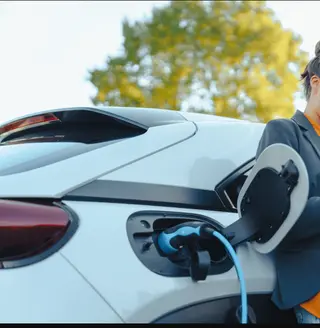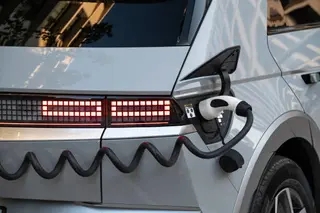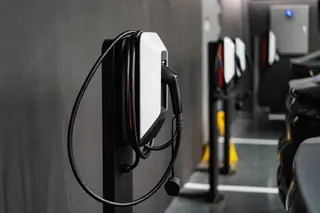How Commercial Electric Car Chargers Transform Businesses and Public Infrastructure
Introduction As electric vehicle (EV) adoption accelerates worldwide, commercial electric car chargers have become an essential component of modern urban infrastructure. Businesses, property developers, municipalities, and institutions are increasingly recognizing that EV charging is no longer an optional amenity—it is a strategic investment that drives customer engagement, supports sustainability goals, and strengthens long-term competitiveness. With global EV sales continuing to surge each...

